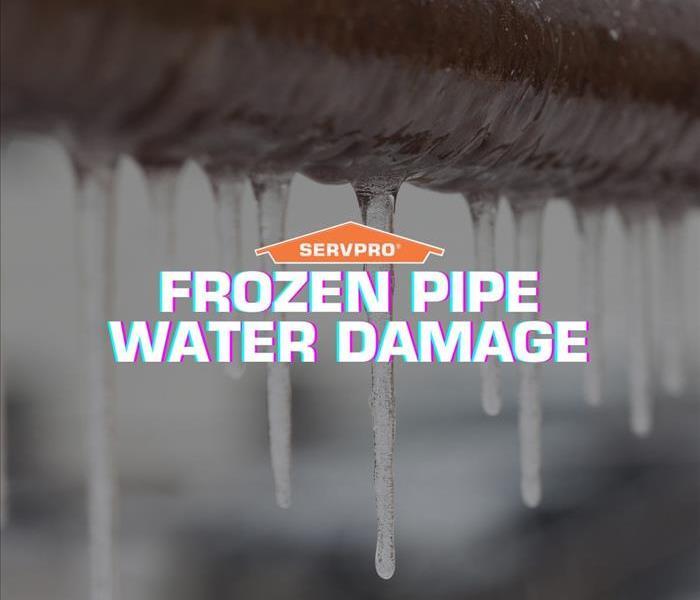Chill out! Navigating cold weather and preventing frozen pipes
1/2/2024 (Permalink)
Introduction: Brrr! As winter descends upon us with its icy grip, it brings not only frosty landscapes and cozy nights by the fire but also the potential threat of frozen pipes. Dealing with burst pipes is every homeowner's nightmare, but fear not! With a few preventative measures, you can easily navigate the chilly season without the hassle of plumbing problems.
Insulate, Insulate, Insulate: Just as we bundle up in layers to stay warm, your pipes can benefit from some extra insulation. Consider adding foam pipe insulation or heating tape to vulnerable areas, especially those exposed to the cold outdoors. This extra layer can make a significant difference in preventing your pipes from turning into ice popsicles.
Seal the Gaps: Cold air loves to find its way into your home through tiny gaps and cracks. Conduct a thorough inspection of your home, sealing any potential entry points for cold drafts. This not only keeps you warmer but also helps maintain a more stable temperature for your pipes.
Let the Faucet Drip: When temperatures plummet, allowing faucets to drip can prevent freezing. A slow, constant drip keeps water moving through the pipes, making it less likely for them to freeze. It might seem counterintuitive, but this simple trick can be a lifesaver.
Keep the Heat On: Going away for a winter vacation? Resist the urge to turn off the heating system completely. Instead, lower it to a reasonable temperature to ensure that your home remains warm enough to prevent freezing. This is especially crucial for areas in your home that are prone to cold, like basements and attics.
Open Cabinet Doors: In particularly cold areas of your home, such as under sinks in the kitchen or bathroom, leave the cabinet doors open. This allows warm air to circulate around the pipes, providing an extra layer of defense against freezing.
Disconnect and Drain Outdoor Hoses: Before the deep freeze sets in, disconnect and drain all outdoor hoses. Leaving water in them can cause ice to form, potentially traveling back into your pipes and causing blockages.
Conclusion: As the winter winds howl and temperatures drop, taking a few proactive steps can save you from the headache and expense of dealing with frozen pipes. Insulation, sealing gaps, allowing faucets to drip, maintaining a reasonable indoor temperature, opening cabinet doors, and disconnecting outdoor hoses are all simple measures that can go a long way in keeping your plumbing system intact throughout the frosty season. So, don your coziest sweater, sip on some hot cocoa, and enjoy a winter free from the worry of frozen pipes!




 24/7 Emergency Service
24/7 Emergency Service
